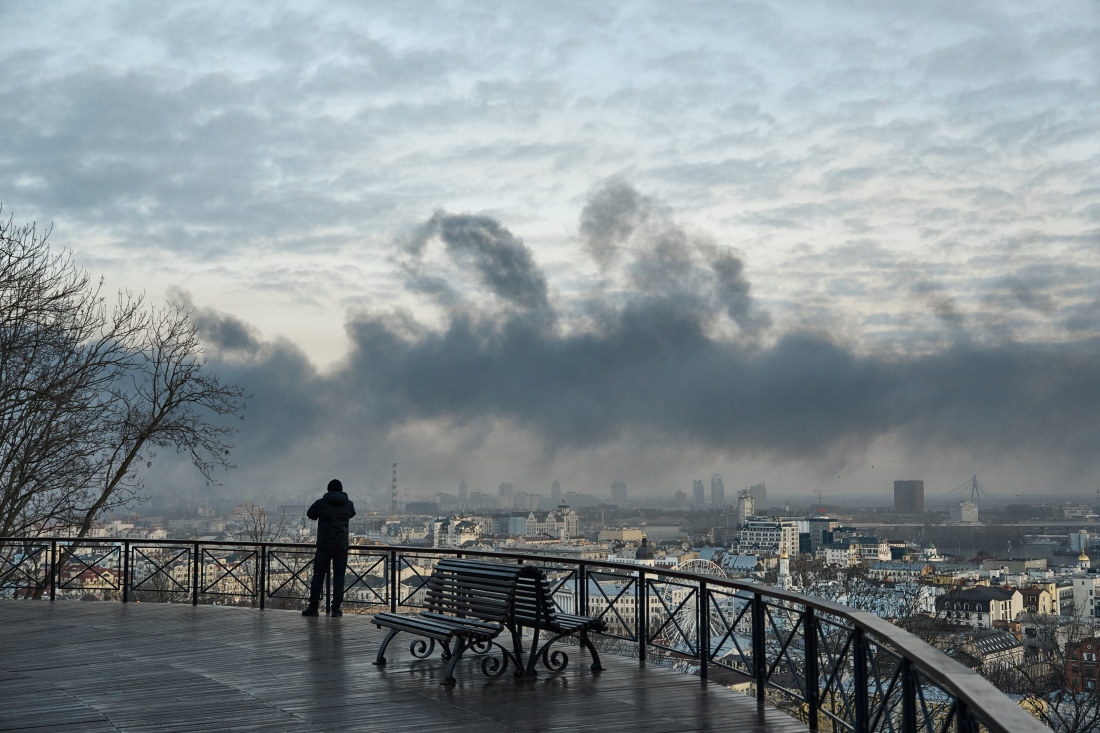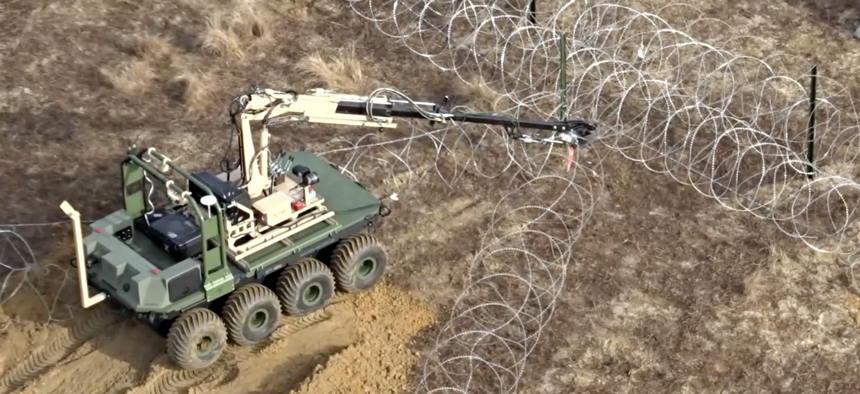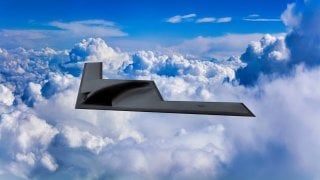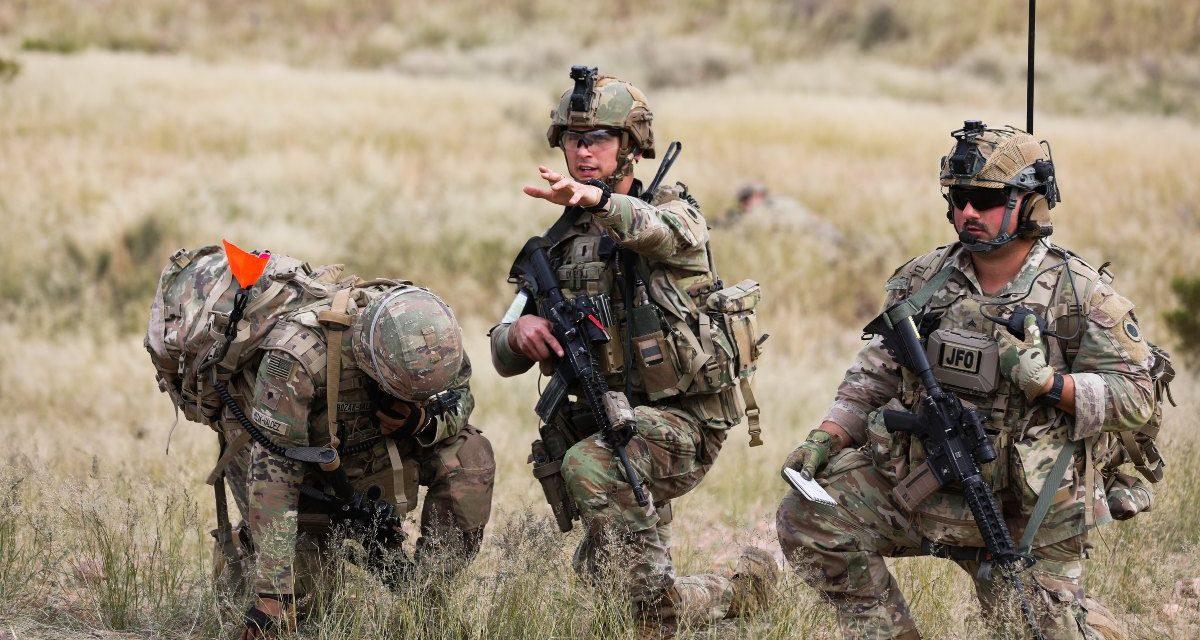NICOLE LAMPERT
Outside the hotel, the Mediterranean Sea winks at the winter sun. There’s a lawn strewn with toys that look like they’ve been abandoned for something more fun. But the sense of tranquillity is deceptive; the deep, dark rings around the eyes of the hotel’s guests tell a different story.
The Shefayim Hotel, 15 minutes north of Tel Aviv, is currently serving as a temporary home for residents of Kibbutz Kfar Aza, which, on October 7, saw 62 of its 950 residents killed and 18 of them taken hostage. Flapping gently in the breeze from the ceiling of the reception area are images of the hostages. There is a banner with their names; yellow stickers are placed next to them if they have been returned. A few weeks ago, two were killed in a horrific tale of friendly fire. Yotam Haim, 28, and Alon Shamriz, 26, had managed to escape their captors in Gaza when they were fatally shot by Israeli forces, along with another young Israeli man.
On the hotel’s front desk, there is a list of funerals and memorials yet to take place. Everyone knows there may soon be more. Five members of the kibbutz remain somewhere underground in Gaza. At least one of them is a young woman — one of the 17 Hamas has refused to part with, perhaps because of the horror stories they would tell.
Today, the residents of the Shefayim Hotel have a roof over their heads, food and medicine. Each family has been offered therapy. You could compare them with the people in Gaza now suffering the repercussions of Hamas’s actions. But that doesn’t make life any easier for them.
“It hurts all the time, it hurts everywhere. I hate waking up in the morning. If I could stay curled up in my bed I would,” says Dafna Rousso, 43, a mother-of-three from Kfar Aza whose husband Uri was killed by Hamas militants on October 7. She looks haunted, but like many Israelis, she is now used to patiently telling her story to the Western media, knowing that if the victims don’t speak, no one will believe what happened.

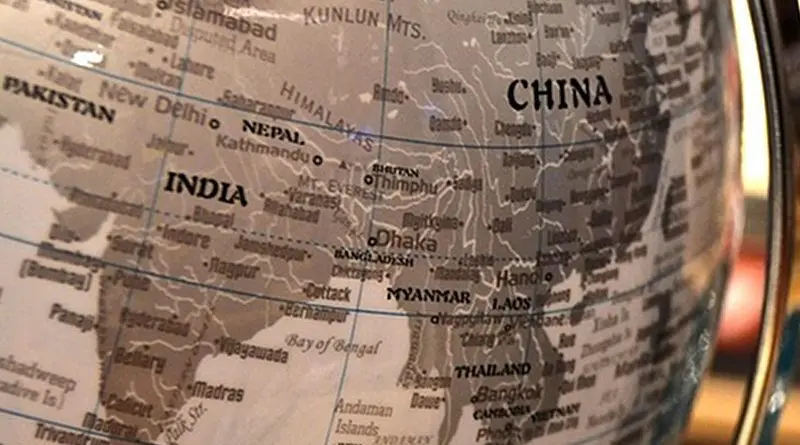




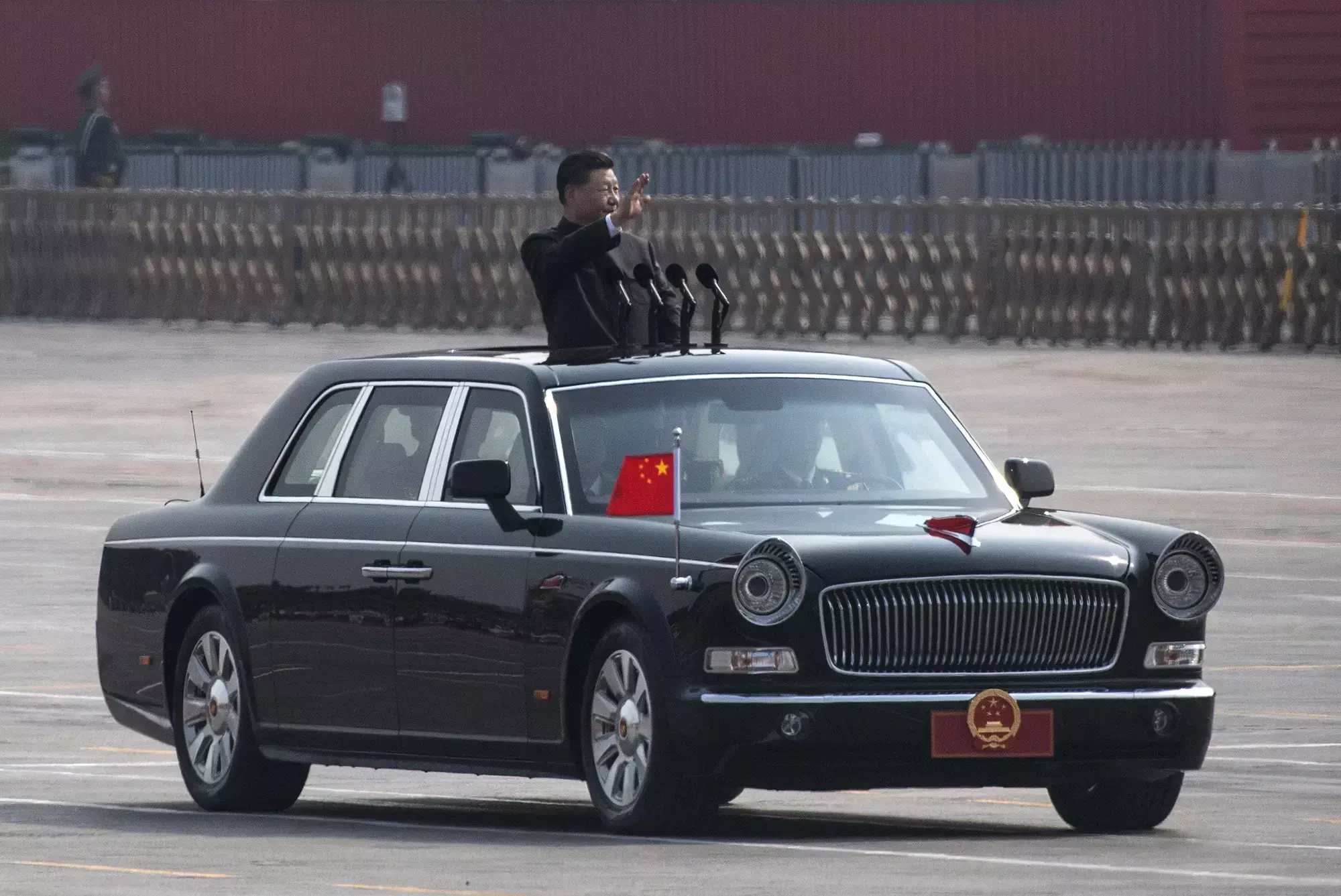


/2024/01/08/image/jpeg/eFPaSmZ0CWIWcqCKdokS02omhWLdQ2Dq9FoBK4rl.jpg)


